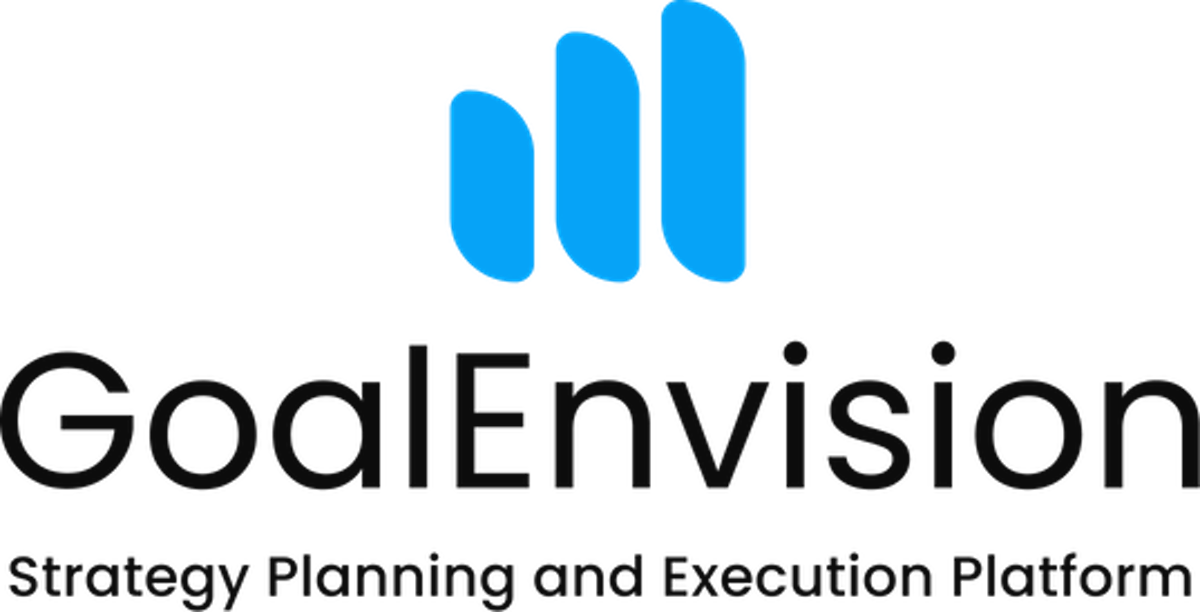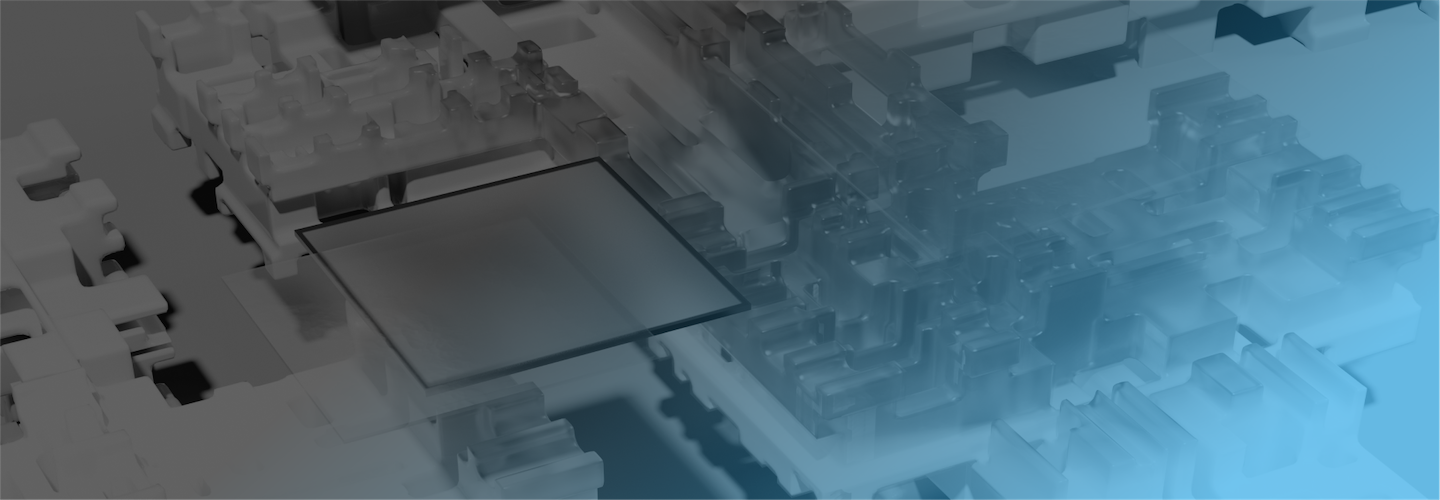How to Identify Your Leadership Style: A Guide for Leaders
Share this article
Want to understand which leadership style best suits you and your organisation? In this article, we explore the differences between visionary, strategic, tactical and operational leadership. By identifying and adapting your leadership to your specific work environment and goals, you can create a more effective, motivating and sustainable workplace. Learn how to use the right level of leadership to navigate challenges and drive your organisation towards long-term success.
Understanding and identifying your own leadership style is one of the most crucial factors for success in today's complex and rapidly changing work environment. Different situations and organisations require different types of leadership, and by being able to identify which leadership style best suits your current environment and future goals, you can effectively navigate challenges and drive your organisation towards long-term success.
We will explore the different levels of leadership - visionary, strategic, tactical and operational - and provide you with tools and insights to adapt your leadership to the specific needs and conditions your organisation faces. By learning more about these leadership types and how they can be applied in practice, you will gain a deeper understanding of how to create a more motivating, effective and sustainable work environment.
The difference between visionary, strategic, tactical and operational leadership
Leadership is a multifaceted discipline that can be divided into different levels depending on the goals and structure of the organisation. Here we explore the differences between visionary, strategic, tactical and operational leadership, and how these levels affect the development and success of the organisation.
Operational Leadership
Operational leadership is the most basic level of leadership, often focused on short-term goals and daily tasks. According to Frederic Laloux's model, this can be compared to the 'Red' organisation, where management is top-down at an operational level and the structure is reactive and short-term.
Environment: Chaotic
Metaphor: Wolf pack
Key breakthrough: Division of labour and authority
Example: Organised crime, street gangs
Operational leaders are responsible for ensuring that daily activities are carried out effectively and according to plan. They deal with immediate problems and ensure that employees follow established procedures and processes.
Tactical Leadership
Tactical leadership operates at a slightly higher level than operational leadership, focusing on implementing specific elements of a broader strategy. In Laloux's model, this is represented by the "Yellow" organisation, where management is top-down at a tactical level and the structure is characterised by hierarchy and formal roles.
Environment: Predictable future
Metaphor: Army
Key breakthroughs: Stability, scalability, process control
Examples: Armed forces, healthcare, police
Tactical leaders break down strategic goals into more manageable tasks and projects. They monitor progress and adjust plans as needed to achieve the goals.
Strategic Leadership
Strategic leadership focuses on the creation and implementation of long-term goals and plans that are critical to the future of the organisation. In Laloux's model, this is reflected by the 'Orange' organisation, where management is goal-driven at a strategic level and the structure is characterised by decentralised responsibility.
Environment: Competition for customers
Metaphor: Machine
Key breakthroughs: Innovation, credibility, meritocracy
Example: Traditional companies
Strategic leaders focus on understanding market trends, identifying opportunities and threats, and developing plans to navigate the organisation towards success.
Visionary Leadership
Visionary leadership represents the highest level of leadership, where leaders inspire and motivate employees through a strong vision and values. This can be associated with the 'Light Green' and 'Dark Green' (TEAL) organisation in Laloux's model, where management is value-driven or people-centred, and the structure is based on motivated employees and self-leadership.
Visionary leaders look beyond current trends and challenges and create a long-term vision that inspires and engages the whole organisation. They encourage innovation and change and strive to create a culture where every employee feels part of the organisation's purpose and goals.
Frederic Lalouxs "Reinventing Organizations"
Frederic Laloux's groundbreaking book "Reinventing Organizations" offers an in-depth analysis of how modern organisations can evolve beyond traditional hierarchical structures. Laloux introduces a colour-coded model for understanding different levels of organisational development and leadership, from the most basic to the most advanced.
The book describes how different leadership styles - red, yellow, orange, light green and dark green (TEAL) - influence how organisations function and perform. Through real-life examples and thorough research, Laloux shows how organisations can become more empowered, inspiring and meaningful.
His insights provide a clear guide for leaders who want to align their leadership with the organisation's stage of development and create a culture where innovation and engagement thrive. "Reinventing Organisations" is a valuable resource for anyone who wants to understand and apply modern leadership principles to drive success and sustainability in their business.

Leadership test: What type of leadership suits you?
Answer the following questions and note which letter you use most often. Then add up your answers to see which type of leadership is best suited to your organisation.
-
How would you describe the current working environment in your company?
A: Chaotic and fast changing
B: Stable and predictable
C: Competitive with a need for innovation
D: Employee-centred and values-driven
E: Self-directed and based on personal development -
Which type of decision-making works best in your organisation?
A: Fast and authoritarian
B: Hierarchical and structured
C: Decentralised and goal-oriented
D: Values-based and inclusive
E: Self-leadership and collective decision-making -
What are the most important goals for your organisation right now?
A: Managing urgent problems and keeping the business running
B: Maintain stability and efficiency
C: Grow and outperform competitors
D: Strengthen company culture and employee engagement
E: Promote self-realisation and long-term sustainability -
How would you describe your leadership style?
A: Direct and controlling
B: Planning and organising
C: Strategic and results-orientated
D: Inspiring and supportive
E: Coaching and developing -
What motivates your employees the most?
A: Clear instructions and immediate feedback
B: Clear roles and stability
C: Challenges and opportunities to grow
D: Meaningful work and shared values
E: Empowerment and personal development
Outcome
- Most A: Operational (Red) Leadership - Your organisation needs quick decisions and strong authority to manage a chaotic and rapidly changing environment.
- Most B: Tactical (Yellow) Leadership - A hierarchical and structured environment with a focus on stability and efficiency is important for your organisation.
- Most C: Strategic (Orange) Leadership - Your organisation needs innovation and competitiveness through decentralised and goal-driven leadership.
- Most D: Visionary (Light Green) Leadership - Your organisation benefits from values-driven leadership that focuses on employee motivation and engagement.
- Most E: Visionary (Dark Green/TEAL) Leadership - Self-leadership and personal development are at the core of your organisation's leadership, promoting long-term sustainability and self-actualisation.
By using this test, you can gain a better understanding of the type of leadership that best suits your organisation's current needs and future goals.
Examples of how you, as a leader, manage change in your organisation, from the perspective of the different leadership types.
A common challenge for leaders is to implement a major change in the organisation, such as introducing a new work process or technology. Here is how leaders can approach this task at different levels of leadership.
Visionary Leadership (Light Green and Dark Green levels)
Light green level: To successfully implement a new work process, a light green leader can start by communicating why the change is important, and how it aligns with the organisation's values and purpose. The leader engages employees in a dialogue about how the process can be adapted to best suit their needs and creates a sense of ownership and commitment. For example, the leader can organise workshops and discussion forums to gather ideas and feedback.
Dark green level: A dark green leader focuses on creating a self-governing environment where employees take the initiative for the change. The leader acts as a coach and facilitator, helping teams to identify their own goals and steps to implement the new work process. Regular retrospectives and self-assessments can be used to continuously improve and adapt the process.
Strategic Leadership (Orange level)
A strategic leader starts by clearly defining the objectives and benefits of the new work process. They create a detailed plan with specific milestones and deadlines. By delegating responsibilities to different teams and departments, the leader ensures that every part of the organisation knows what is expected of them. To keep everyone on track, regular follow-up meetings and reporting systems can be used to monitor progress and solve problems quickly.
Tactical Leadership (Yellow level)
A tactical leader takes a more structured and controlled approach. They develop a detailed step-by-step plan that outlines every aspect of the change, from training employees to implementation and follow-up. The leader ensures that all staff have clear instructions and know their roles and responsibilities. Regular inspections and checks are used to make sure that everything is going according to plan and to identify and address deviations quickly.
Operational Leadership (Red level)
An operational leader manages the change by giving direct and specific orders. They monitor each step of the process closely and use authority to ensure that everyone follows the new guidelines. Quick decisions and immediate feedback are key to dealing with any problems that arise. The leader often uses rewards and punishments to motivate employees to adapt to the change quickly and effectively.
Share this article
Did you like this article? Here is more...
Latest



